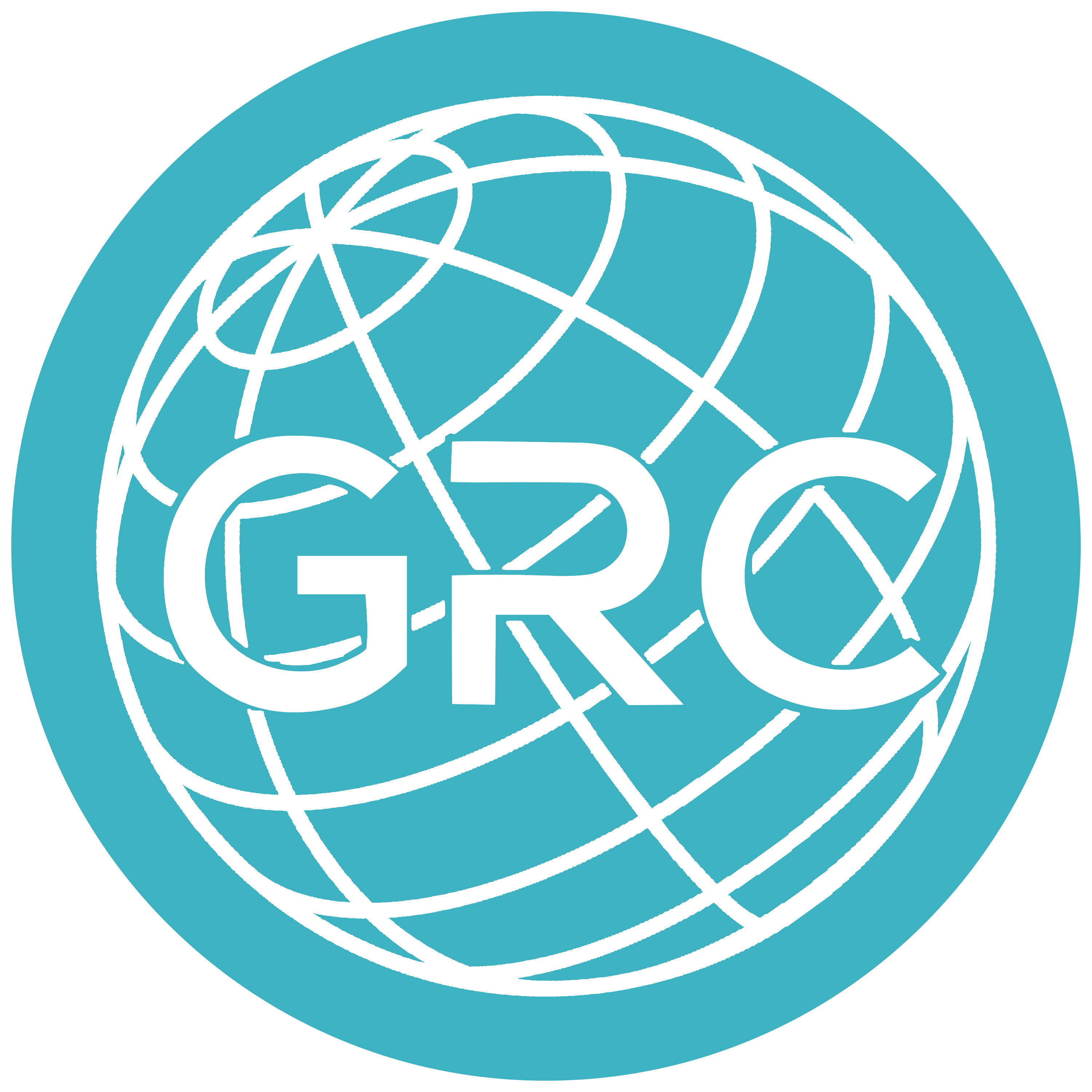Distributing a Nongovernmental Health Organization’s Resources in the Most Cost-Effective Manner
Today, global health is regarded as one of the most pressing social issues, as well as essential to development. One of its main actors, NGOs, have fought for decades to decrease the number of avoidable deaths due to diseases by giving access to sanitation, necessary nutrients and vaccines, and by educating health workers and providing them with better technology.
However, NGOs are at times criticized because of limited accountability and ability to evaluate success. As they rely on donations from governments, companies, and private individuals to sustain their activities, distributing these funds cost-effectively and being able to measure their impact is of primary importance. Below are the two main areas to consider when making or reviewing your NGO’s budget.
The funds that NGOs receive are divided between charitable expenditures, the proportion of an organization’s total income that is spent on things that are directly helping it to fulfill its purpose, and non-charitable expenditures, which are dedicated to administration, management, and fundraising. When analyzing whether the budget of your organization is optimized, you should look at these two areas separately.
Distributing these funds cost-effectively and being able to measure their impact is of primary importance
Charitable Expenditures
Several economic evaluation methods are commonly used to measure the costs of charitable expenditures and their corresponding benefits, such as cost-analysis, cost-benefit analysis (CBA), cost-utility analysis (CUA) and cost-effectiveness analysis. Cost-effectiveness is the most commonly used tool for making decisions on how to get value for money, especially when evaluating a project’s efficiency over its lifetime. It consists of observing the amount of resources put into an intervention compared to its outcomes. If a program that used to be cost-effective has grown too expensive in relation to its results, you should reevaluate your resource allocation.
You should especially be on your guard against common causes of inefficiencies, such as simple mistakes. In Factfulness (2018), global health specialist Hans Rosling explains the “80/20 rule”; focus on the 20% of lines in the budget that correspond to 80% of the expenditures. Check those lines for errors as simple as missing commas, for instance.
Another common cause of waste is misinformation. According to Sidhartha R. Sinha and Michele Barry: “About 70% of complex medical devices sit inoperable at their destinations in developing countries” (779), which they explain is a consequence of not understanding a country’s needs.
Another common cause of waste is misinformation
Non-Charitable Expenditures
When analyzing the money that goes into the administration, management and fundraising of your NGO, you should focus on 5 performance areas: Strategic, operational, relationship, performance management, and results. Ask yourself, is your use of resources in those areas relevant and sustainable? Is it appropriate for the type of NGO that you are running and its mission?
For instance, different types of NGOs have completely different proportions of expenses dedicated to management and administration, from 0 to roughly 50%.
NGOs typically have decentralized, program-focused operations because of their reliance on funding, which incurs a lot of spending in bookkeeping operations. This is something you should be on the lookout for. You should also keep an eye out for bureaucracy, misinformation and theft.
Different types of NGOs have completely different proportions of expenses
Bottom Line
When formatting your budget, you should take into consideration both the expenses related to how your NGO is run and those directly related to your charitable activities. Measuring these costs and their impact, as well as adjusting your budget as needed will make your organisation accountable and will help you demonstrate effectiveness, both to donors and beneficiaries of aid.
This article is a guest contribution by Emily Despinoy



